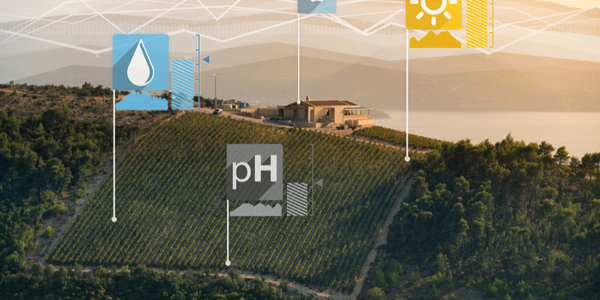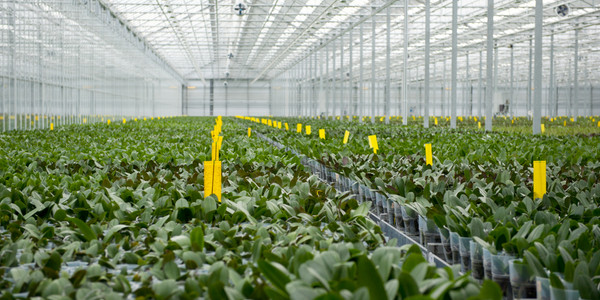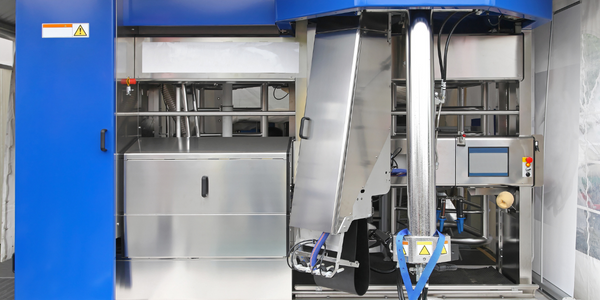Customer Company Size
Mid-size Company
Region
- America
Country
- United States
Product
- Acumatica
- 3G Pacejet Shipping
Tech Stack
- Cloud-based ERP
- RESTful API
Implementation Scale
- Enterprise-wide Deployment
Impact Metrics
- Productivity Improvements
- Customer Satisfaction
- Innovation Output
Technology Category
- Application Infrastructure & Middleware - API Integration & Management
- Platform as a Service (PaaS) - Application Development Platforms
Applicable Industries
- Retail
- Agriculture
Applicable Functions
- Logistics & Transportation
- Warehouse & Inventory Management
Use Cases
- Inventory Management
- Supply Chain Visibility
Services
- System Integration
About The Customer
Premier 1 Supplies is a family-owned business that specializes in providing livestock management supplies through online and catalog sales. The company caters to a diverse range of customers, from those with barnyard animals to large-scale herds. With a focus on quality and reliability, Premier 1 Supplies has established itself as a trusted vendor in the industry. The company is committed to staying at the forefront of technology, as evidenced by its recent ERP implementation. Located in rural Iowa, Premier 1 Supplies has successfully navigated the challenges of operating in a remote location by leveraging cloud-based solutions. The company has a long history of growth and innovation, having set up its first website over 25 years ago to drive catalog orders. Today, the company continues to evolve, using technology to enhance its operations and better serve its customers.
The Challenge
In 2018, Premier 1 Supplies realized that its existing on-premises ERP system was no longer sufficient to support its growth ambitions. The system was becoming a bottleneck, particularly in terms of staffing and service requirements, which were becoming increasingly burdensome given the company's rural Iowa location. The need for a more scalable and flexible solution was evident, especially as the company was experiencing rapid growth in its e-commerce sales. The limitations of the previous system were highlighted during the global pandemic in 2020, which saw a surge in demand for backyard poultry and small farmstead supplies. The existing ERP system would not have been able to handle the increased volume of orders efficiently. Premier 1 Supplies needed a solution that could support its growth without requiring a proportional increase in headcount.
The Solution
To address its challenges, Premier 1 Supplies implemented a cloud-based ERP system, Acumatica, which allowed for remote maintenance and resource redeployment. This decision was made after careful consideration of the company's needs and the potential for future growth. Alongside Acumatica, Premier 1 Supplies also implemented 3G Pacejet Shipping, a shipping software that integrates seamlessly with the ERP system. This combination provided the company with a robust solution capable of handling its rapidly growing e-commerce sales. The integration of 3G Pacejet Shipping allowed Premier 1 Supplies to triple its fulfillment capacity, significantly improving its operational efficiency. The system's automation capabilities enabled the company to save 1-3 seconds per shipment, which added up to substantial time savings given the high volume of orders. Additionally, the ability to easily add and retire SKUs ensured that the company could keep its product offerings up to date and accurate.
Operational Impact
Quantitative Benefit

Case Study missing?
Start adding your own!
Register with your work email and create a new case study profile for your business.
Related Case Studies.

Case Study
Intelligent Farming with ThingWorx Analytics
Z Farms was facing three challenges: costly irrigation systems with water as a limited resource, narrow optimal ranges of soil moisture for growth with difficult maintenance and farm operators could not simply turn on irrigation systems like a faucet.

Case Study
Greenhouse Intelligent Monitoring and Control Solution
Farming Orchids is the most successful form of precision farming in Taiwan, and also the most exported flower. Orchids need a specific temperature and humidity conditions to grow and bloom, and its flowering time may not be in line with market demands, so the price collapses when there is overproduction. Therefore, some farmers began to import automated greenhouse control systems for breeding and forcing, which not only improves quality, but also effectively controls the production period and yield to ensure revenue. In 2012, an orchid farmer built a Forcing Greenhouse of about 200 pings (approximately 661 Square Meters) in Tainan, Taiwan. The system integrator adopted Advantech’s APAX-5000 series programmable automation controllers to build the control platform, coupled with Advantech WebAccess HMI/SCADA software, to achieve cloud monitoring. The staff of the orchid field can monitor important data anytime via smart phone, iPad, and other handheld devices, and control the growth and flowering conditions. System requirements: In the past, most environmental control systems of orchid greenhouses in Taiwan used PLCs (Programmable Logic Controller) with poorscalability and control, and could not be connected to the Internet formonitoring from the cloud. For advanced database analysis and networking capability, the PC platform must be adopted. Therefore, PAC Systems (Programmable Automation Controller) with both PLC programming capabilities andPC functions is a better choice.The environmental control of the Orchid greenhouse switches on and off devices like fan, shade net, cooling/heat pump, liquid flow control, water-cooling wall etc. It is controlled by a control panel of electric controllers, and is driven by a motor, to adjust the greenhouse temperature, humidity, and other environmental conditions to the set parameters.

Case Study
Improving Production Line Efficiency with Ethernet Micro RTU Controller
Moxa was asked to provide a connectivity solution for one of the world's leading cosmetics companies. This multinational corporation, with retail presence in 130 countries, 23 global braches, and over 66,000 employees, sought to improve the efficiency of their production process by migrating from manual monitoring to an automatic productivity monitoring system. The production line was being monitored by ABB Real-TPI, a factory information system that offers data collection and analysis to improve plant efficiency. Due to software limitations, the customer needed an OPC server and a corresponding I/O solution to collect data from additional sensor devices for the Real-TPI system. The goal is to enable the factory information system to more thoroughly collect data from every corner of the production line. This will improve its ability to measure Overall Equipment Effectiveness (OEE) and translate into increased production efficiencies. System Requirements • Instant status updates while still consuming minimal bandwidth to relieve strain on limited factory networks • Interoperable with ABB Real-TPI • Small form factor appropriate for deployment where space is scarce • Remote software management and configuration to simplify operations










